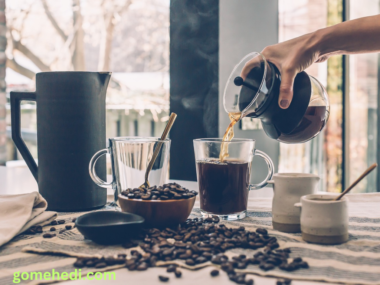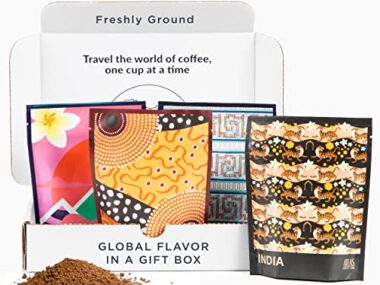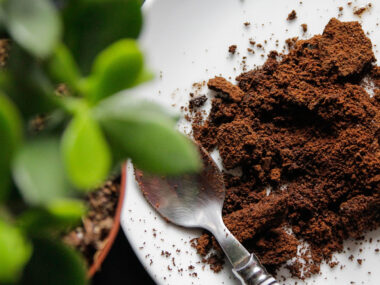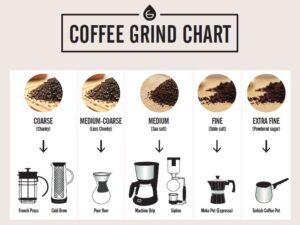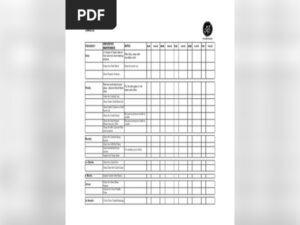Have you ever wondered what makes coffee one of the most beloved beverages around the world? It’s not just about the caffeine kick; it’s about the rich tapestry of flavors that dance on your palate with every sip.
Imagine waking up to the comforting aroma of freshly brewed coffee, the scent alone promising a delightful experience. But what does coffee actually taste like? Is it bitter, sweet, or something in between? As you dive deeper into this article, you’ll uncover the secrets behind coffee’s complex flavor profile and discover how different factors like origin, roast, and brewing methods can transform your morning cup into an extraordinary sensory adventure.
Prepare to awaken your taste buds and redefine your coffee experience.
Coffee Flavor Profiles
Coffee has different aromas. Some smell like flowers. Others have a fruity scent. The smell of nuts and chocolate is also common. Each bean has its unique aroma. The roasting process changes these notes. A light roast keeps more of the original smell. A dark roast has a stronger, smoky scent.
Acidity in coffee is a good thing. It gives coffee a bright taste. Think of citrus fruits. Some beans are more acidic than others. High altitude beans often have more acidity. This makes the coffee lively and fresh.
The body of coffee is how it feels in your mouth. Light-bodied coffee feels like water. Full-bodied coffee feels rich and heavy. Some coffees are creamy. Others are more like tea. The grind size and brewing method affect texture.
Coffee can be sweet or bitter. Sweetness comes from sugars in the beans. Light roasts often taste sweeter. Bitterness comes from the roasting process. Dark roasts have more bitterness. Balancing these flavors makes coffee enjoyable.
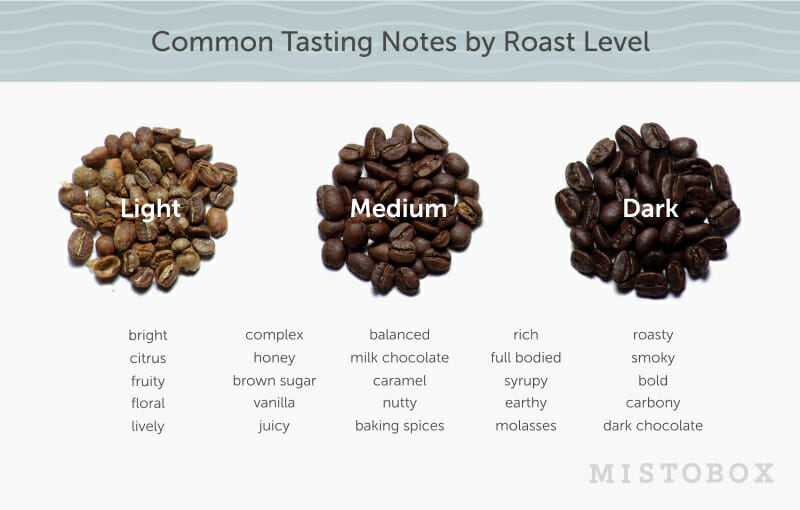
Credit: blog.mistobox.com
Factors Influencing Taste
Different coffee beans have different tastes. Arabica beans are sweet and soft. Robusta beans taste strong and bitter. The beans’ origin also changes the taste. Beans from Ethiopia might taste fruity. Beans from Brazil could taste nutty.
Roasting makes coffee taste different. Light roast coffee is bright and acidic. Dark roast coffee is bold and rich. Medium roast is balanced. The roast time affects the taste a lot.
Brewing style changes coffee’s flavor. Espresso is strong and intense. French press gives a full and rich taste. Drip coffee is smooth and mild. Each technique offers a unique flavor.
Water affects coffee taste. Clean water makes coffee taste fresh. Water with minerals makes coffee bitter. Use pure water for a better coffee taste. Water temperature also plays a role.
Regional Flavor Variations
African coffees are known for their bright and fruity flavors. They often have a hint of berries or citrus. Ethiopian coffee is famous for its wine-like taste. Kenyan coffee can taste like blackcurrants. These flavors make African coffees special.
Coffees from South America are smooth and chocolatey. Colombian coffee is very popular. It has a nutty flavor. Brazilian coffee is often sweet and heavy-bodied. Many people love these familiar tastes.
Asian coffees can be earthy and spicy. Indonesian coffee might taste like herbs or wood. Vietnamese coffee is often strong and bold. These flavors are unique and interesting.
Coffee blends mix beans from different places. This makes a balanced flavor. Single-origin coffees come from one place. They show the true taste of that region. Both offer something special to enjoy.

Credit: www.homegrounds.co
Enhancing Coffee Experience
Coffee tastes better with certain foods. Pastries like croissants are great with coffee. Chocolate desserts also pair well. Some people enjoy coffee with fruits like berries. A good match enhances both the food and the drink. Try different foods with your coffee. Find your perfect pair.
Coffee can be served in different ways. Espresso is small and strong. Latte has more milk and is creamy. Cappuccino is frothy and fun. Each style changes how coffee tastes. Experiment with different serving styles. Discover which one you love.
Additives change coffee flavor a lot. Sugar makes it sweet. Milk adds creaminess. Vanilla or cinnamon add unique tastes. You can also try flavored syrups. Mix and match to find your ideal cup. Enjoy creating your unique coffee blend.
Exploring Specialty Coffee
Coffee can taste very different. Artisanal roasts are special. They use high-quality beans. Roasting is done carefully. This brings out unique flavors. Some might taste chocolaty. Others might be fruity. Each cup is special.
Some coffees have added flavors. These are called flavor infusions. They can taste like vanilla or caramel. Sometimes spices are added. This makes coffee taste exciting. Each sip is an adventure.
People love tasting events. Coffee tasting is fun. You try different kinds. Each has a special taste. Experts help you understand flavors. You learn about aromas. It’s like a journey through coffee.

Credit: ulinzi-conservation-coffee.com
Frequently Asked Questions
What Flavors Are In Coffee?
Coffee offers a range of flavors including chocolate, nutty, fruity, and floral. The taste depends on the bean origin, roast level, and brewing method. Some coffees may also have hints of spice or citrus. Experimenting with different types can help you discover your preferred flavor profile.
Does Coffee Taste Bitter?
Coffee can taste bitter due to over-roasting or brewing mistakes. Properly brewed coffee should have a balanced taste. Adjusting the grind size, water temperature, or brewing time can reduce bitterness. Choosing high-quality beans also enhances flavor and minimizes bitterness.
Why Does Coffee Taste Sour Sometimes?
Sour coffee results from under-extraction or light roasting. Grinding beans finer or brewing longer can reduce sourness. Light roasts tend to be more acidic, offering bright and tangy notes. Experimenting with brewing methods can help achieve a balanced taste that suits your preference.
How Does Coffee’s Taste Vary With Roast Levels?
Light roasts have a bright, acidic taste with fruity notes. Medium roasts offer a balanced flavor with caramel and chocolate hints. Dark roasts are bold, with smoky and bitter undertones. Each roast level brings out different characteristics of the coffee bean.
Conclusion
Exploring coffee’s taste is like a journey. Each sip tells a story. From the bold and bitter to sweet and nutty. There’s a flavor for everyone. Coffee’s complexity makes it unique. It can change with origin and roast. Every cup offers a new experience.
Discover your favorite brew. Enjoy the adventure of tasting coffee. Share your thoughts with friends. They might love it too. Happy sipping!
